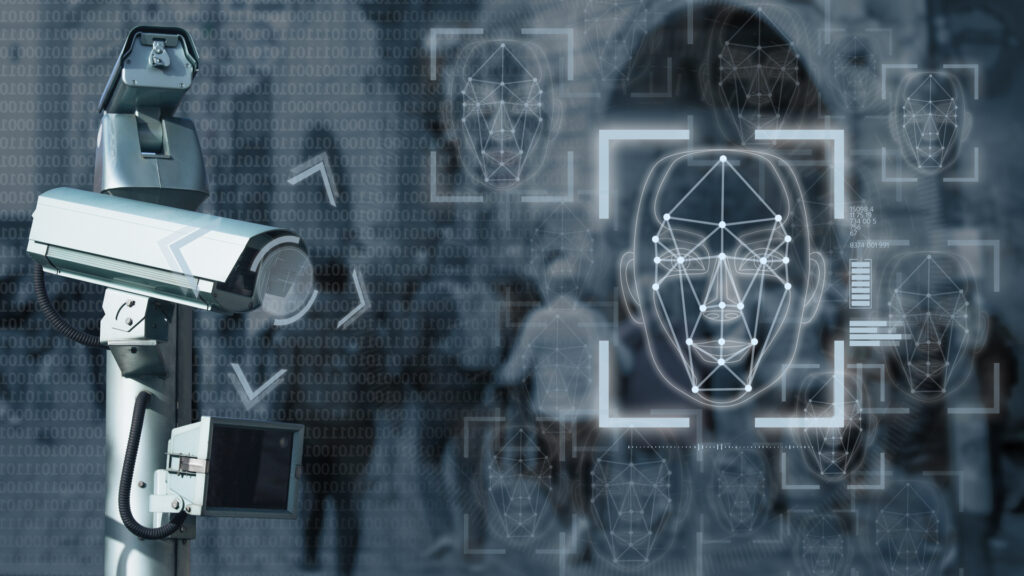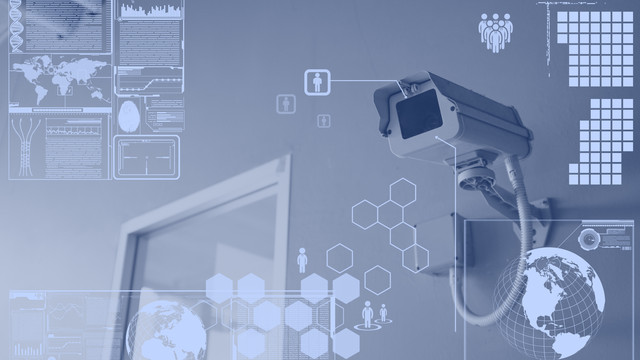
Forecast of the video surveillance market until 2023-25
Forecast of the video surveillance market until 2023-25
Allied Market Research analytical agency has compiled a forecast report on the development of the video monitoring market. Experts predict an increase in the market by 2025 to a financial volume of 87$ billion, which means that the video surveillance market will double in comparison with 2020.
In this article, you will learn about the market conditions and leading segments, about the sources of market growth and its constraints, as well as about other factors in the development of the video surveillance market.
Drivers and sources of growth
The main sources of market growth in the next 3-5 years will be:
- Need for public safety, including safety from international terrorism. Demand for video analytical solutions for monitoring ports/stations/airports, transport infrastructure facilities, large sports facilities and industrial corporations will grow steadily.
- Need for contactless technologies, thermometry and monitoring of compliance with new social and hygienic requirements due to the spread of coronavirus infection.
- Demand for remote forms of interaction with video cameras.
- Mass transition from analog format to network (IP) cameras, including PTZ (360 degrees) digital devices.
- Development of cloud storage.
- High demand for video analytics with elements of AI (artificial intelligence) or intelligent video analytics from business and the public sector.
- New trends in the development of smart cities and safe city systems.
- Increasing number of professional players in the market.
Constraints
The main market constraints are:
- High pricing policy for consumers.
- High investment costs for video storage for providers.
- Lack of experience in the digital video surveillance industry (in particular in Russia).
- Vulnerability of cameras to weather conditions and vandalism.
- Citizens’ concerns about confidentiality and information leaks.
- Market dependence on foreign manufacturers (in particular, on the Asian sector).
Market conditions
Experts say that by 2023-25, the video surveillance system market will revive a large number of players who will be able to offer inexpensive local solutions for their regions. We should also note authority initiatives in the infrastructure development of smart cities and ensuring the safety of the population from the deadly COVID-19 virus.
Leading segments
The market forecast for video surveillance trends and leading market segments is as follows:
- integration of artificial intelligence and cloud video surveillance. Read about 10 benefits of cloud video surveillance here;
- creation of intelligent transport solutions for public safety and solving business problems of transport companies;
- development of personal body cameras for mass use. It is noteworthy that today in the Russian Federation, only representatives of law enforcement agencies can use body-worn recorders;
- development and implementation of drones and robots for monitoring. Read the article “Robots in video surveillance” and learn more about it.
Geographic factor
Currently and in the next 2-5 years, the lion’s share of the market will belong to the Asia-Pacific region. This is due to the powerful potential of China, which is a major manufacturer, exporter and consumer of video surveillance systems and their components. We are talking about equipping large transport hubs (ports, airports, train stations, highways) with high-definition systems.
However, due to the spread of the coronavirus and closure of state borders, a redistribution is expected by 2025:
- by 2023, North America and Japan may become one of the leaders in the consumption of PTZ cameras;
- infrastructure of smart cities in European countries, especially in the UK and Germany, will actively develop. This is due to government plans to increase the number of sports facilities and student campuses;
- Russian business and public sector will enter the market as a major consumer of intelligent monitoring systems.
Conclusion
The main “bets” on video monitoring systems were made by experts and analysts back in 2017-18, when the deadly COVID-19 virus had not yet burst into our lives. With the emergence of a global pandemic, the video surveillance market has received a powerful development vector based on the need for physical security of people, contactless identification technologies and services. Developers face large-scale prospects for the implementation of the most daring ideas.








